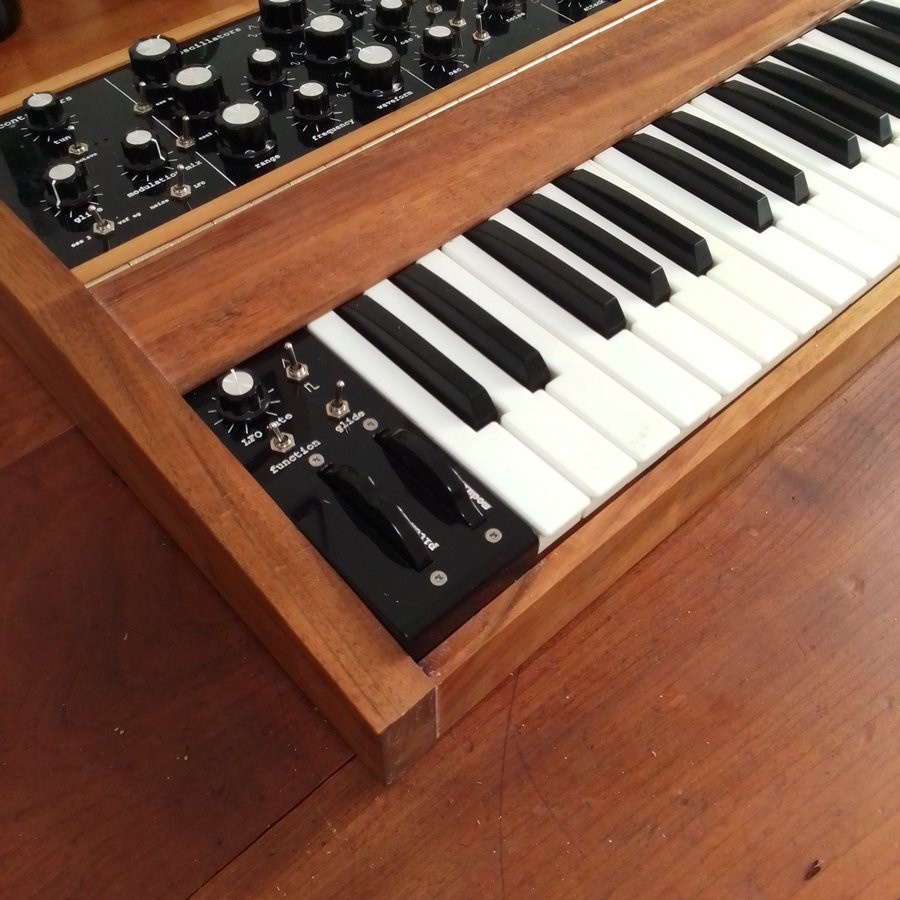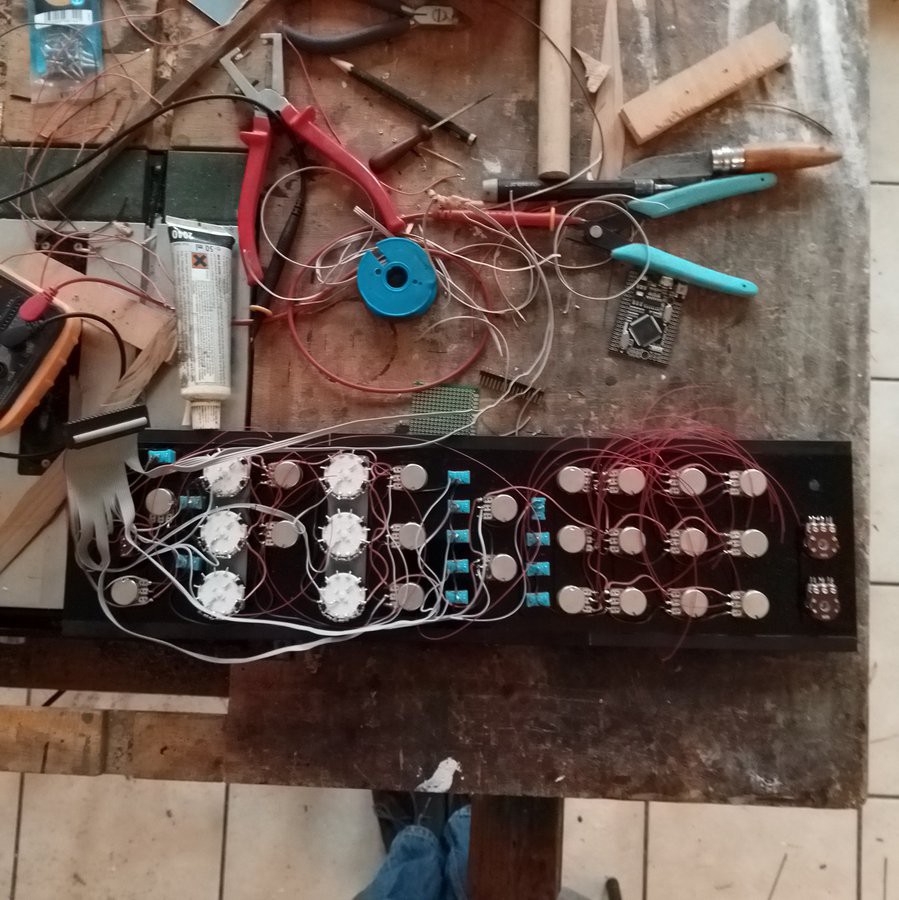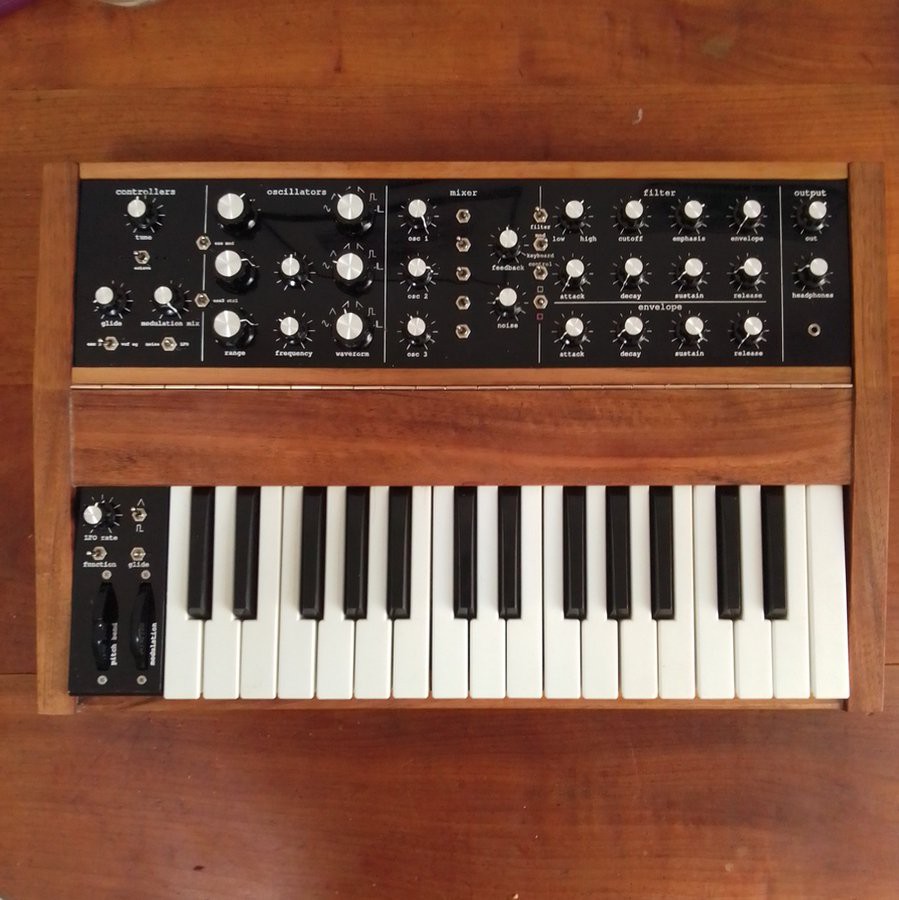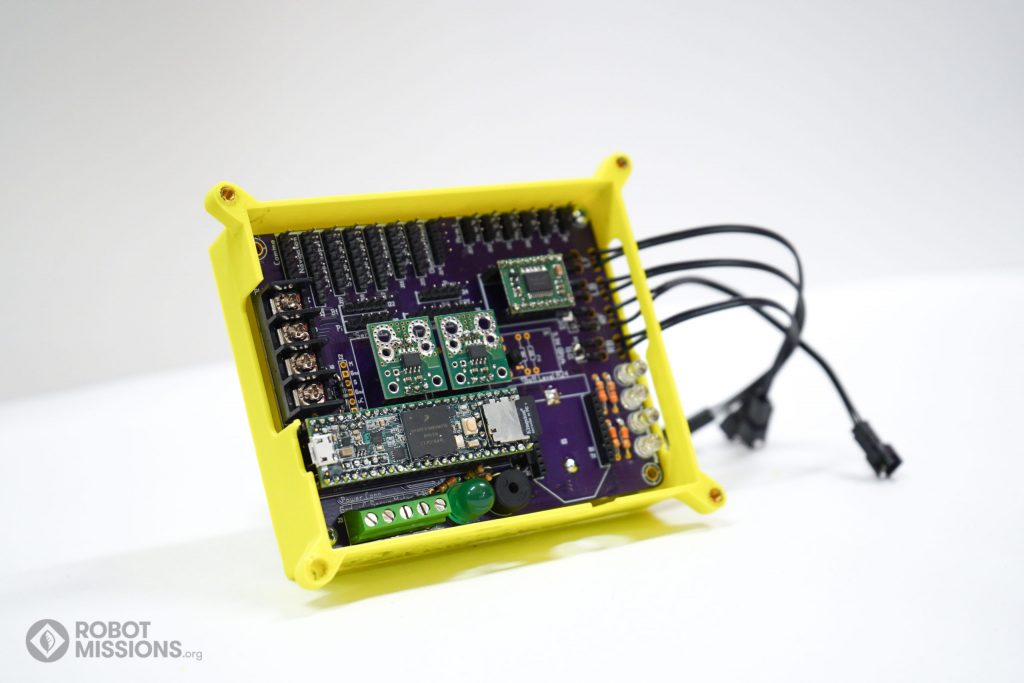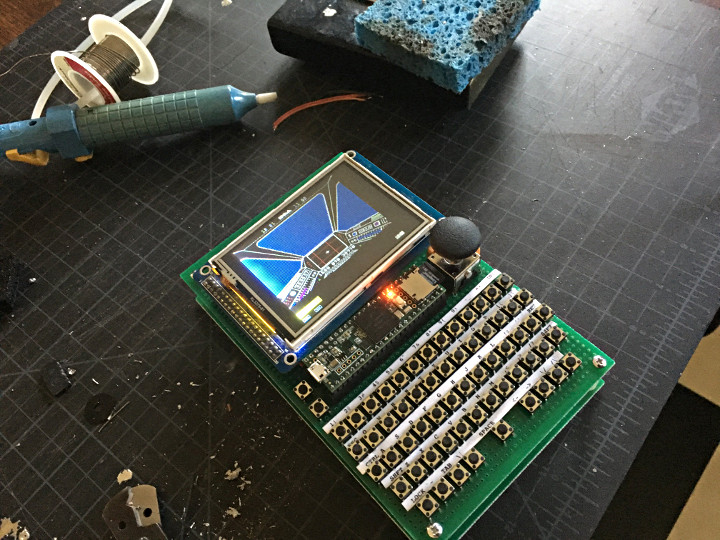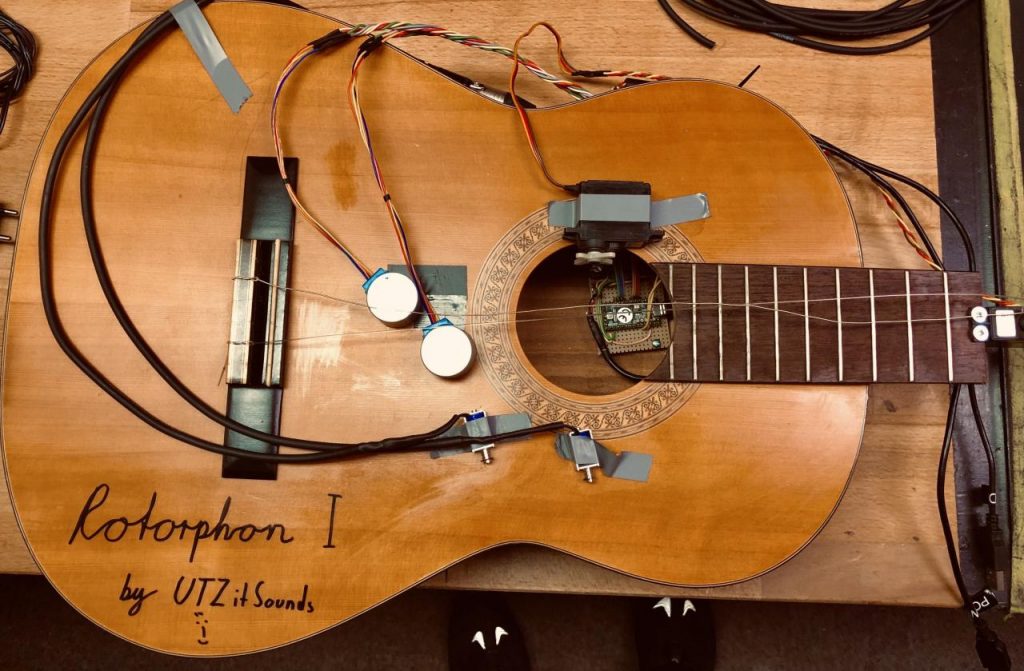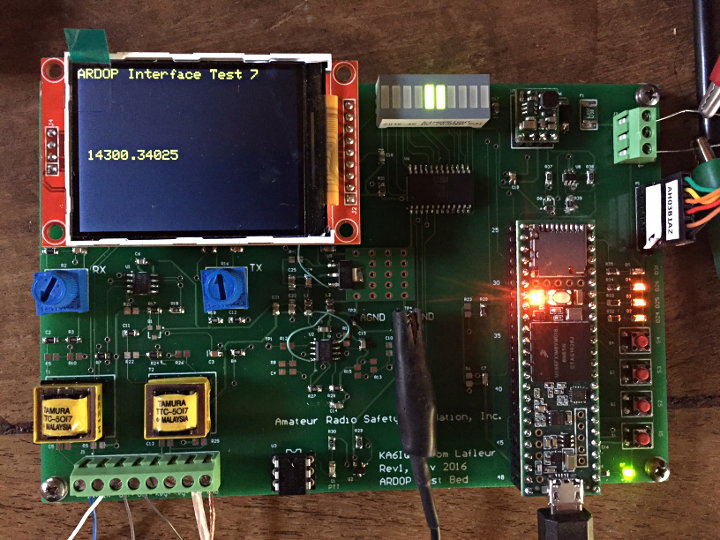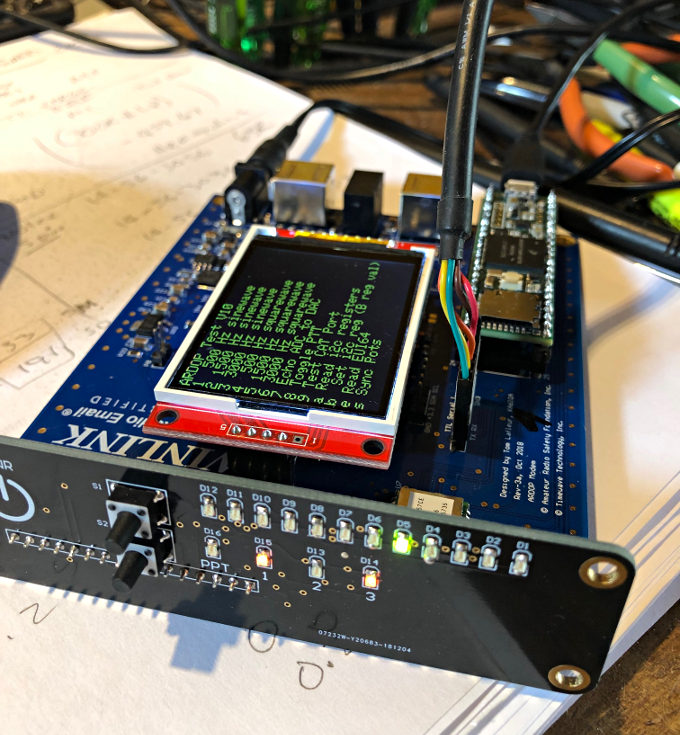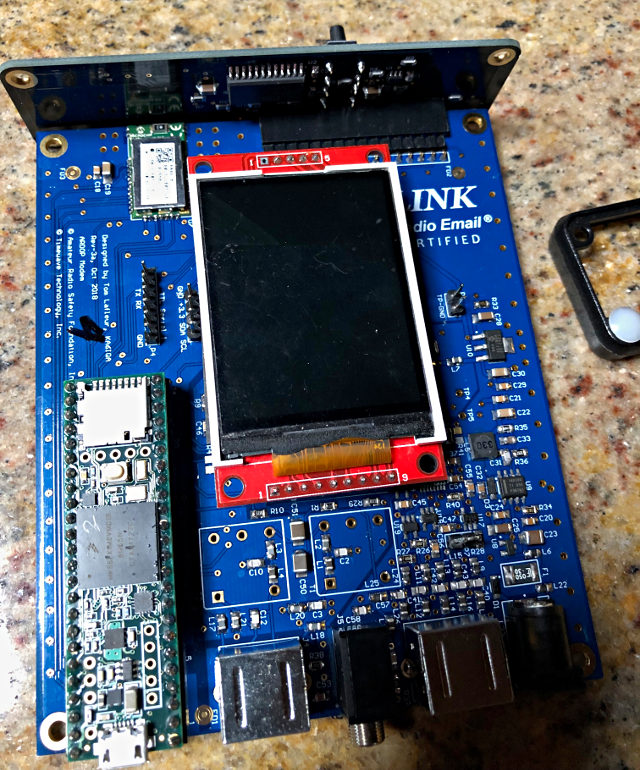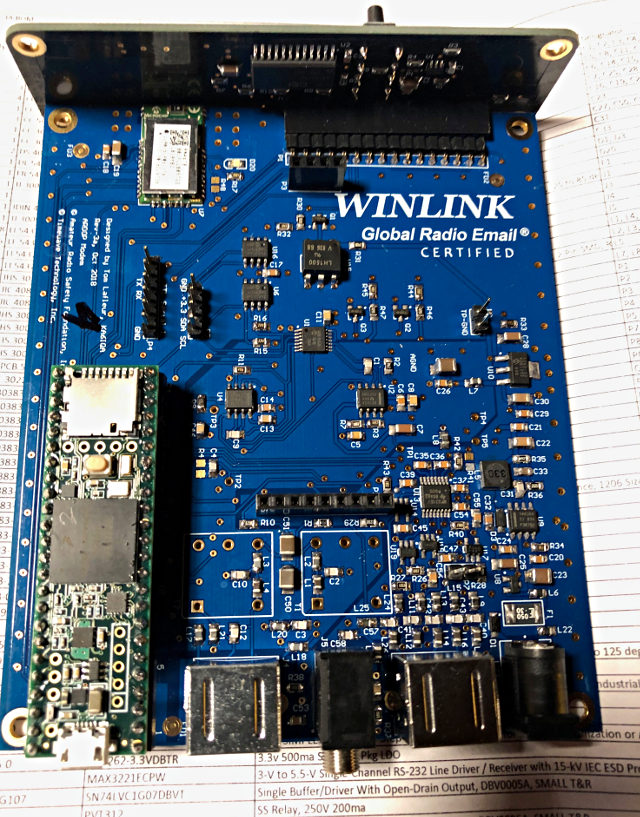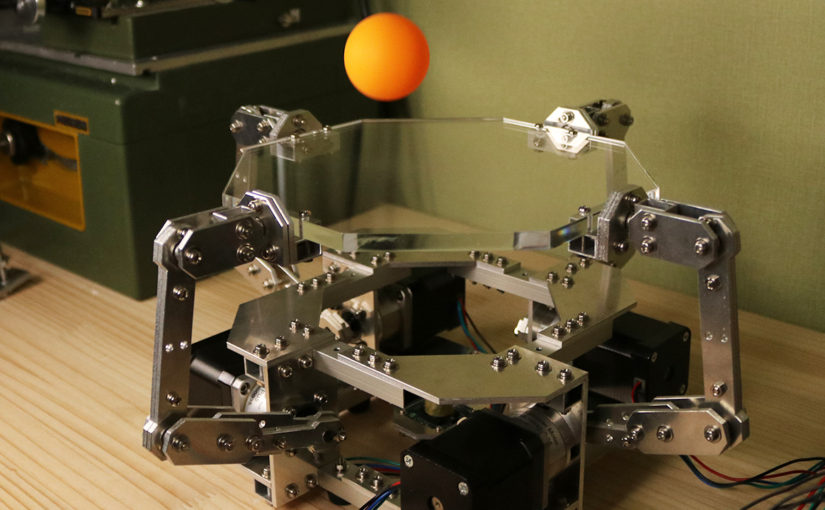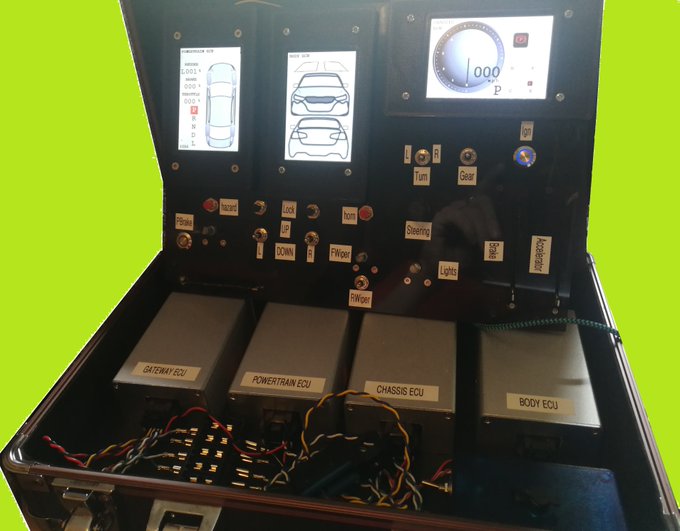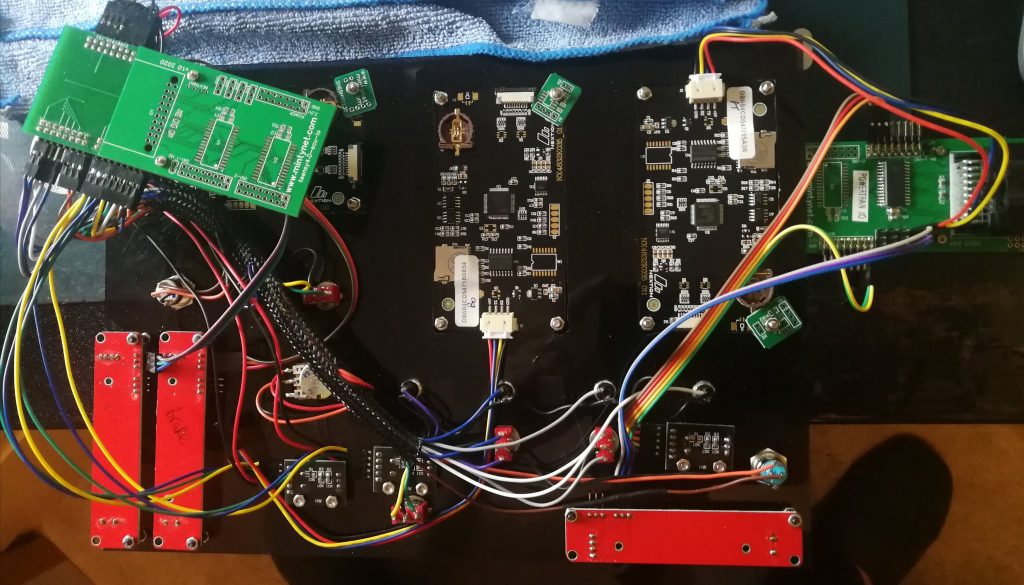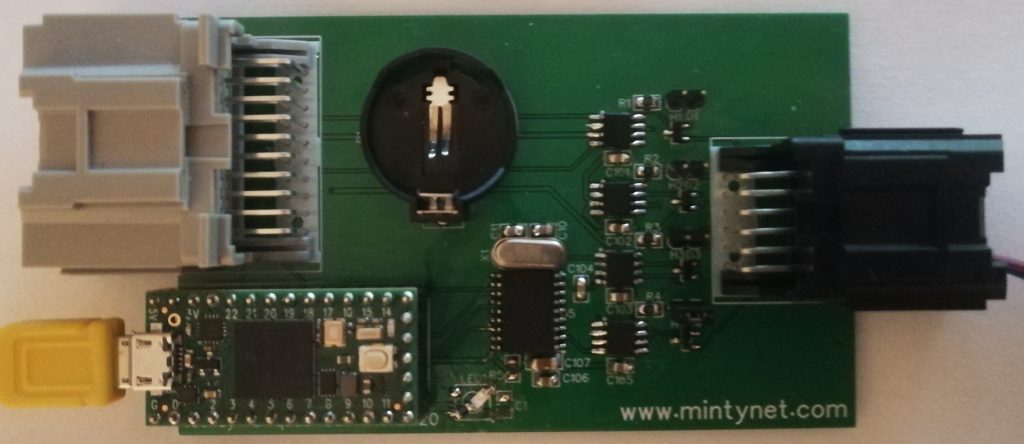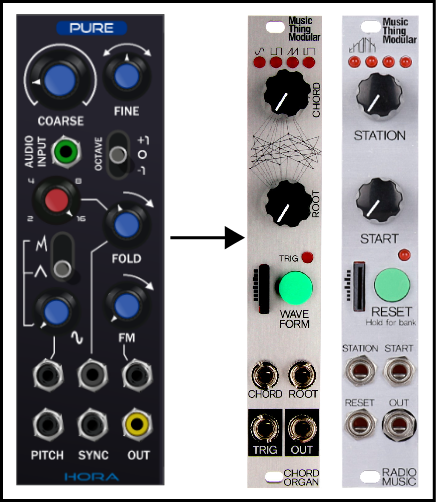In his latest robotics project, Youtube-renown maker and engineer James Burton revisits the question of how to design a robot which can successfully balance on a large ball.
This is Burton’s second version of the project which he started in 2015 with the invention of the robot BB-8. In lieu of brushed motors, this new version uses brushless motors and ODrive controllers granting the robot speed, agility, and accuracy. It also includes an MPU6050 inertial measurement unit module as well as a nRF2401 module for radio control, all driven by a Teensy 4.1.

Not only does the new version of the ball-balancing robot perform its task with great ease, but the robot’s appearance has also seen a striking upgrade. This current version is built to resemble Hal 9000 the sinister computer from 2001 A Space Odyssey featuring a glowing red light positioned in the center (it does not, however, address the user as “Dave”). In the hilarious video above Burton describes the making of the project and also demonstrates the robot balancing on an oversized disco ball.
